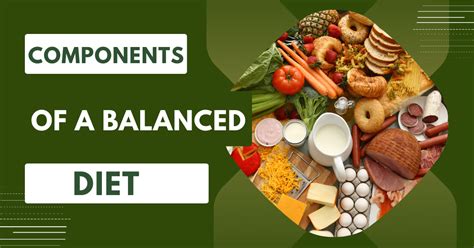How to structure macros for sustained energy, muscle retention & fat loss?

The Macro Trifecta: Energy, Muscle & Fat Loss
Achieving a sculpted physique while feeling energized requires more than just counting calories; it demands a strategic approach to macronutrient intake. Macronutrients—proteins, carbohydrates, and fats—are the building blocks of your diet, each playing distinct roles in metabolic function, satiety, and body composition. Understanding how to balance these three can unlock sustained energy, protect your hard-earned muscle, and accelerate fat loss.
Many diets focus on restricting one macro group, but a balanced approach tailored to your individual goals and activity levels is far more effective and sustainable. It’s about creating a synergistic environment within your body where energy is readily available, muscles are preserved, and fat stores are efficiently utilized.

Protein: Your Muscle Guardian
Protein is paramount for muscle retention, especially when you’re in a caloric deficit aiming for fat loss. It provides the amino acids necessary for muscle repair and growth, and its high thermic effect means your body expends more energy digesting it compared to other macros. For muscle retention during fat loss, a higher protein intake is generally recommended, typically ranging from 1.6 to 2.2 grams per kilogram of body weight.
Sources like lean meats, poultry, fish, eggs, dairy, and plant-based options such as legumes and tofu should form the cornerstone of your meals. Distributing protein intake evenly throughout the day can also maximize muscle protein synthesis and keep you feeling fuller for longer.
Carbohydrates: Fueling Your Performance and Recovery
Carbohydrates are your body’s primary energy source, essential for fueling workouts, supporting brain function, and aiding recovery. The key is to choose the right types of carbohydrates and time their intake strategically. Complex carbohydrates, found in whole grains, vegetables, and fruits, provide a sustained release of energy and are rich in fiber, which aids digestion and promotes satiety.
While in a fat loss phase, carbohydrate intake might be reduced compared to a bulking phase, it shouldn’t be eliminated. Timing your carbs around your workouts can be particularly beneficial—pre-workout for energy and post-workout for glycogen replenishment and recovery. Prioritize nutrient-dense sources over refined sugars and highly processed foods.

Fats: Essential for Hormones and Satiety
Dietary fats often get a bad rap, but they are crucial for hormone production, nutrient absorption, and overall health. Healthy fats, including monounsaturated and polyunsaturated fats, also contribute significantly to satiety, which is invaluable when managing calorie intake for fat loss. Omega-3 fatty acids, found in fatty fish, flaxseeds, and walnuts, are particularly important for their anti-inflammatory properties.
While fats are calorie-dense, incorporating moderate amounts from sources like avocados, nuts, seeds, olive oil, and fatty fish is vital. Aim for approximately 0.5 to 1 gram of fat per kilogram of body weight, adjusting based on personal preference and dietary needs, ensuring you don’t exceed your total calorie target.

Crafting Your Macro Ratios
There isn’t a one-size-fits-all macro ratio, as it depends on your individual metabolism, activity level, and specific goals. However, a common starting point for fat loss and muscle retention might look something like this:
- Protein: 30-40% of total daily calories
- Carbohydrates: 30-40% of total daily calories
- Fats: 20-30% of total daily calories
First, determine your daily caloric needs for fat loss (typically a 200-500 calorie deficit from maintenance). Then, calculate your protein intake based on body weight, followed by fats, and fill the remaining calories with carbohydrates. Adjustments may be necessary based on how your body responds, your energy levels, and workout performance.

Quality, Timing, and Consistency
Beyond the numbers, the quality of your food choices is paramount. Prioritize whole, unprocessed foods that are nutrient-dense. Timing your meals, particularly protein and carbohydrates around workouts, can optimize performance and recovery. Furthermore, consistency is the ultimate driver of results. Sticking to your macro structure day in and day out, even on weekends, will yield the best outcomes.
Listen to your body, track your progress, and be prepared to make small adjustments. What works for one person may not work for another. Regular reassessment of your caloric needs and macro distribution will ensure you remain on track toward your goals of sustained energy, muscle retention, and effective fat loss.

Conclusion
Structuring your macros intelligently is a powerful tool for transforming your body and enhancing your well-being. By prioritizing protein for muscle, choosing smart carbs for energy, and including healthy fats for vital functions, you create a foundation for optimal performance and sustainable results. Remember, it’s a journey of continuous learning and adjustment, but with a strategic macro plan, your goals are well within reach.








